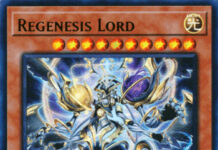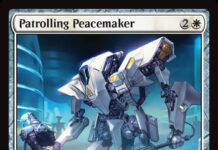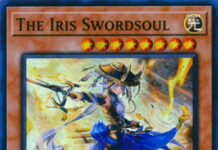Using a pop filter is one of the cheapest and easiest ways to make a meaningful improvement on the recording quality of your microphone.
Why should you use one?
They block intrusive Plosives and Blosive sounds
Pop filters slow down the speed of air entering the microphone. Certain sounds such as P’s (i.e. play, put, explosive) and B’s (i.e. blow, jab, bear) emit a big blast of air out of the mouth at once. These sounds come out much louder than you intend them to in the recording, and they sound unpleasant. A pop filter reduces the impact of these blasts.
They create a distance between the vocalist and the microphone
A pop filter is also great as a reminder on how far the vocalist’s mouth should be from the microphone. If you (or the person you are recording) has a habit of being too close to the microphone, the pop filter sets a boundary of how close. Or, if the issue is that the vocalist records too far away from the microphone, you can move the pop filter closer to the microphone. Especially, if you record in several takes at a time, you want to have a consistent distance so that some segments of whatever you are recording are not unintentionally louder than others.
<What are pop filters screens made out of?
Most are made out of nylon (the material used in panty hose). Nothing too fancy.
Single-layer vs. dual-layer pop filters?
Debatable topic. Different people will say different things. Some find that dual-layer pop filters do filter out more popping than single-layer ones, although there might be a slight reduction in higher pitched noises entering the mic.
Are pop filters with metal screens worth it?
Metal screens are more durable, easier to clean and often looks more premium, but they are a bit more expensive. Do they offer better sound quality than nylon pop filters? No.
How far should the pop filter be from the microphone?
2-3 inches.
Does the diameter of the pop filter matter?
Diameter should be equal or larger to the size of the microphone’s diaphragm. Larger pop filters may be beneficial for those that move around a lot while recording.
Budget pop filters vs. premium pop filters?
The main differences between higher-end and lower-end pop filters are moreso the mounting and adjustment of the neck rather than functionality of the pop filter screen itself. For beginners on a limited budget, a $50 pop filter does not make sense. Just buy a $10-15 pop filter with positive reviews and save the rest of the money for your other equipment.



